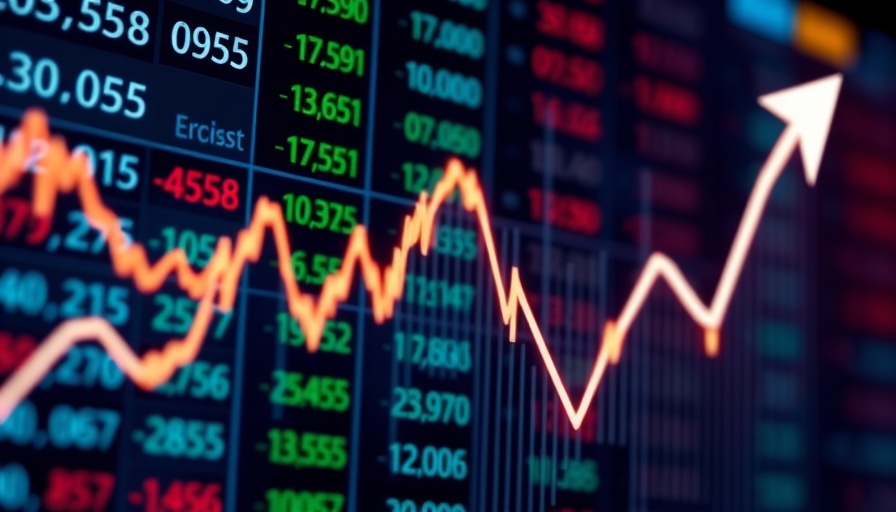
European Markets React to Trade Tensions Easing
European stocks experienced a noticeable uptick following the announcement of a truce in trade tariffs between the U.S. and China. This development has brought a wave of optimism to the markets, evidenced by the performance of key indices: the UK100 rose by 0.31%, the FCHI climbed 0.49%, while the DE40 showed a slight decrease of 0.03%. Investors are coming to terms with how easing trade tensions can lead to a boost in growth across sectors, with impacts seen in various areas, especially in trade-sensitive industries.
The Broader Economic Implications of the Truce
This truce holds promise for a more stable economic landscape, which is critical amid concerns regarding inflation and stagnant growth. As businesses grapple with supply chain disruptions and rising costs, the stabilization in trade can foster both consumer confidence and business investment. Analysts speculate that if these trends hold, Europe could see a resurgence of investment activity, potentially benefitting sectors like real estate, manufacturing, and technology.
Understanding Inflation in the Current Market Setting
Alongside rising stocks, all eyes are also fixed on the upcoming U.S. CPI (Consumer Price Index) report. Inflation figures are a vital sign for both current economic health and future Federal Reserve decisions regarding interest rates. Analysts believe that managing inflation is crucial for maintaining the momentum in the stock market. If inflation persists at higher levels, it could lead to tighter monetary policy, affecting investment strategies across the board.
Decisions Investors Should Consider Now
For investors, the dynamics presented by these developments suggest it may be time to reassess portfolios. Diversifying into sectors that could benefit from an uptick in trade activity, such as technology stocks, could be a sound strategy. Moreover, with inflationary pressures in play, considering investments that offer inflation protection—such as real estate investment trusts (REITs) or bonds—could also be prudent. This moment underscores the significance of keeping a close eye on economic indicators and adjusting investment strategies accordingly.
Stock Market Trends: Historical Lessons and Future Predictions
This recent rally gives us an opportunity to reflect on past market trends and derive actionable insights. Historical data shows that markets react differently to macroeconomic changes; hence, lessons can be learned about resilience and strategy. For instance, during previous trade resolutions, sectors like consumer discretionary and industrials often rebounded significantly. Looking ahead, understanding how current market sentiment and macroeconomic factors interact can equip investors to make more informed decisions.
Investment Strategies for a Volatile Market
For those navigating this complex environment, investment strategies should pivot towards a mix of growth and value investing. Growth stocks, particularly in tech and healthcare, are poised to continue thriving as innovations persist. However, value investing approaches, focusing on companies with strong fundamentals that may have been undervalued in earlier turbulent times, should not be overlooked. Effective asset allocation and risk management remain essential to weathering potential market corrections.
As the narrative unfolds, keeping informed and adjusting your portfolio in response to global markets will be crucial. Whether it involves vetting ETFs that align with investment goals or leveraging robo-advisors for more tailored strategies, the future of investing is undoubtedly dynamic.
 Add Row
Add Row  Add
Add 



Write A Comment